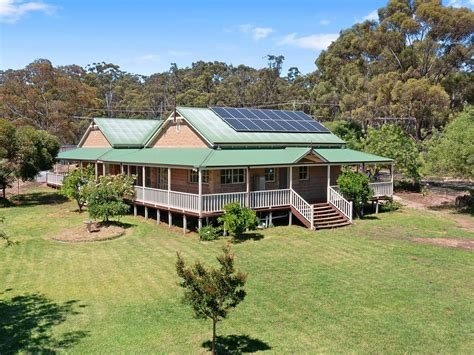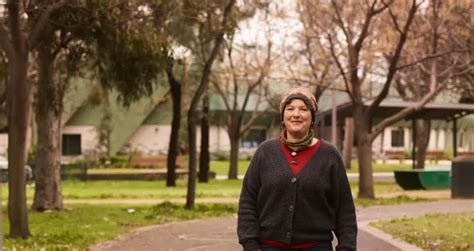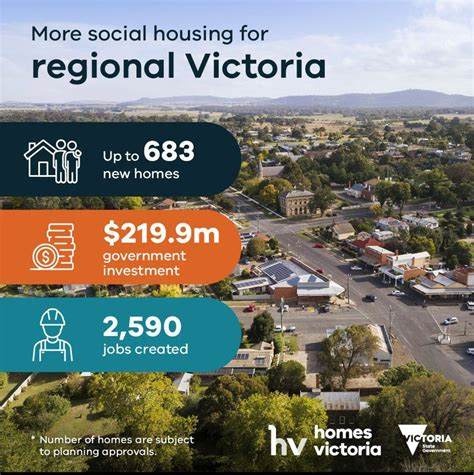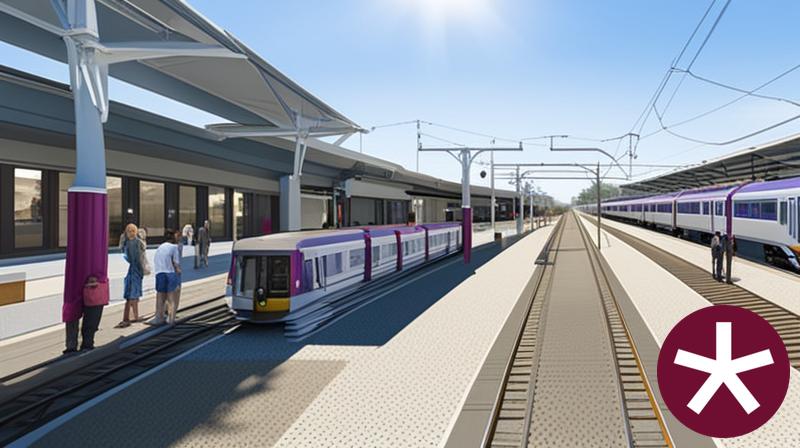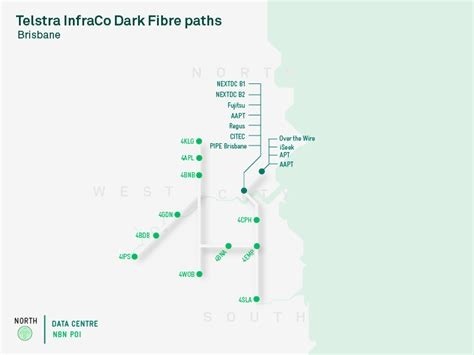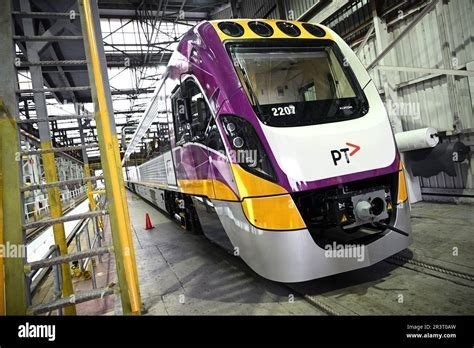Chart Color Schemes
est. as @ -- *
ABS ERP | -- people | --
2021 Census | -- people
Sales Activity
Curious about local property values? Filter the chart to assess the volume and appreciation (including resales) trends and regional comparisons, or scroll to the map below view this information at an individual property level.
Find a Recent Sale
Sales Detail
Population
Nagambie lies within the top 10% of areas nationally in terms of population growth performance according to AreaSearch analysis of short and medium-term trends
As of Aug 2025, Nagambie's population is approximately 5,052, indicating a growth of 515 people (11.4%) since the 2021 Census which recorded a population of 4,537. This increase can be inferred from the estimated resident population of 4,841 as of June 2024 and an additional 269 validated new addresses since the Census date. This results in a population density of 3.9 persons per square kilometer. Nagambie's growth rate exceeded that of its SA4 region (4.7%) and non-metro areas, making it a notable growth leader. Interstate migration contributed approximately 72.7% to Nagambie's recent population gains. AreaSearch uses ABS/Geoscience Australia projections for each SA2 area, released in 2024 with a base year of 2022.
For areas not covered by this data, AreaSearch employs the VIC State Government's Regional/LGA projections from 2023, adjusted using a weighted aggregation method to SA2 levels. Growth rates by age group are applied across all areas for the years 2032 to 2041. Based on current demographic trends and population numbers, Nagambie is predicted to experience exceptional growth, placing it in the top 10 percent of Australia's non-metropolitan areas. By 2041, the area is expected to expand by approximately 3,569 persons, reflecting a total increase of 66.5% over the 17-year period.
Frequently Asked Questions - Population
Development
AreaSearch assessment of residential development activity positions Nagambie among the top 25% of areas assessed nationwide
Nagambie has seen approximately 50 new homes approved annually. Development approval data, produced by the ABS on a financial year basis, shows 250 homes over the past five financial years from FY-20 to FY-25, with 4 approved so far in FY-26. Over these years, an average of 1.8 people moved to the area for each dwelling built. This suggests balanced supply and demand dynamics.
New properties are constructed at an average expected cost of $710,000, indicating developers target the premium market segment with higher-end properties. In FY-26, Nagambie has registered $11.8 million in commercial approvals, demonstrating moderate levels of commercial development. Compared to Rest of Vic., Nagambie has 75.0% more new home approvals per person, providing ample choice for buyers. However, recent periods show moderating development activity. This is notably higher than the national average, suggesting strong developer confidence in the location.
New building activity consists of 96.0% detached dwellings and 4.0% townhouses or apartments, preserving Nagambie's low-density nature and attracting space-seeking buyers. The area has approximately 102 people per dwelling approval, indicating an expanding market. By 2041, Nagambie is expected to grow by 3,358 residents. If current development rates continue, housing supply may not keep pace with population growth, potentially increasing competition among buyers and supporting stronger price growth.
Frequently Asked Questions - Development
Infrastructure
Nagambie has strong levels of nearby infrastructure activity, ranking in the top 40% nationally
Changes to local infrastructure significantly influence an area's performance. AreaSearch identified four projects potentially impacting the area. Major projects include Seymour Community Wellbeing Hub, Seymour Solar Farm, Haven Seymour, and Goulburn Valley Highway Safety Upgrades. The following details these key projects, focusing on those most relevant.
Professional plan users can use the search below to filter and access additional projects.
INFRASTRUCTURE SEARCH
Frequently Asked Questions - Infrastructure
Officer Precinct Structure Plan Major Activity Centre
Major town centre development in Officer, approximately 50km south-east of Melbourne CBD. Includes town centre review approved in March 2020, Urban Design Framework finalized in February 2024, and ongoing development of commercial, retail, and residential precincts within the Officer PSP area.
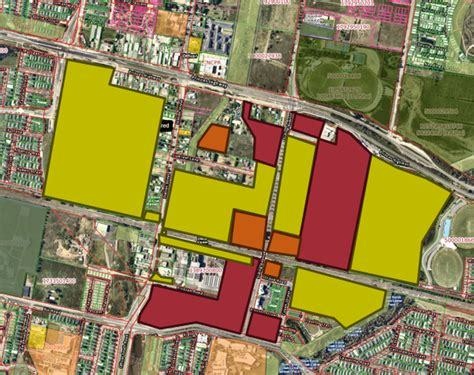
Seymour Community Wellbeing Hub
Stage 1 is a $17m, two-storey health and community hub delivering a new library, learning spaces, multipurpose rooms, a cafe, and a health hub with clinical and non-clinical consulting rooms. The project is in detailed design, with construction to follow and opening targeted for early 2027.
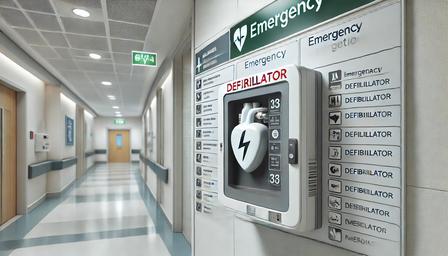
Goulburn Valley Highway Safety Upgrades
Installation of flexible safety barriers and road infrastructure improvements along multiple sections of Goulburn Valley Highway. Includes wire rope barriers, earthworks, drainage works, and intersection upgrades to improve safety for freight and passenger traffic.
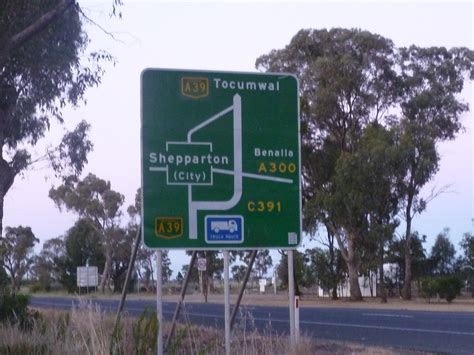
North East Rail Line Upgrade
Major upgrade to the North East Rail Line between Melbourne and Albury-Wodonga, improving freight and passenger services, including track resurfacing, mud-hole removal, drainage improvements, bridge upgrades, and signalling enhancements to allow VLocity trains and better ride quality.
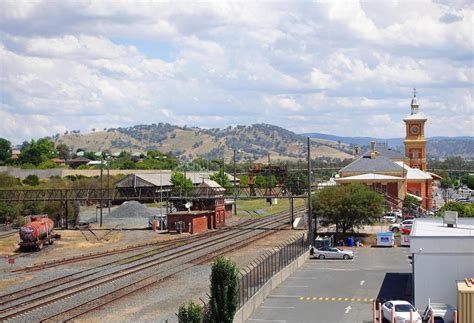
Victorian Renewable Energy Zones
VicGrid, a Victorian Government agency, is coordinating the planning and staged declaration of six proposed onshore Renewable Energy Zones (plus a Gippsland shoreline zone to support offshore wind). The 2025 Victorian Transmission Plan identifies the indicative REZ locations, access limits and the transmission works needed to connect new wind, solar and storage while minimising impacts on communities, Traditional Owners, agriculture and the environment. Each REZ will proceed through a statutory declaration and consultation process before competitive allocation of grid access to projects.
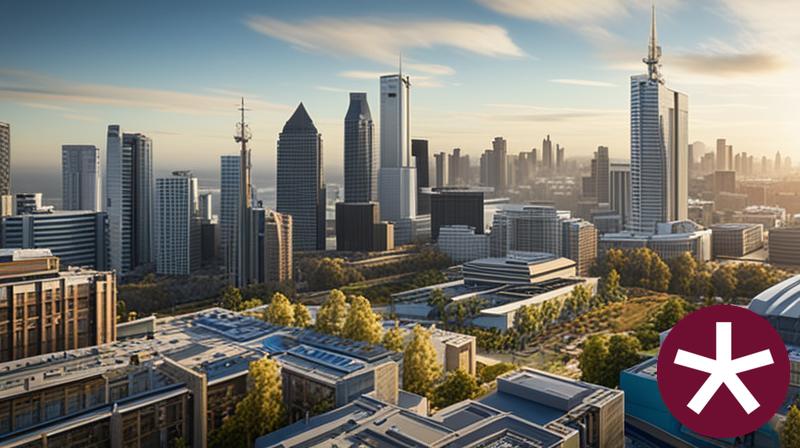
Haven Seymour
A 16-unit development providing long-term social housing and 24/7 on-site support for people with significant mental health and wellbeing concerns, featuring one-bedroom units with private facilities and communal areas in a landscaped setting to support recovery and community connection.
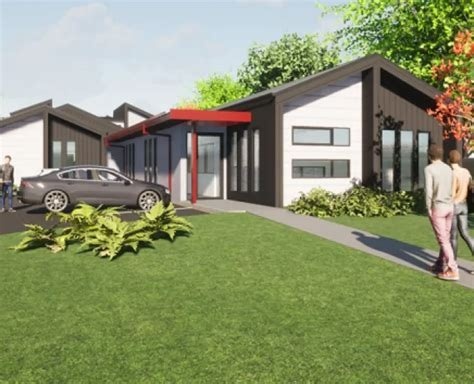
Inland Rail Beveridge to Albury
262km rail corridor upgrade enabling double-stacked freight trains between Beveridge and Albury. Two-tranche delivery with Tranche 1 under construction including bridge replacements and track modifications. John Holland contracted for Tranche 2.
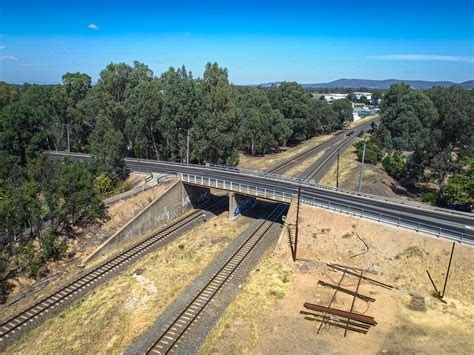
Bendigo and Echuca Railway Line Upgrade
$176.2M rail line upgrade delivering three new stations at Goornong, Huntly and Raywood. Features modern Electronic Train Order system, track improvements enabling 130km/h speeds, and tripled weekday services to Echuca. Part of $4B Regional Rail Revival program.
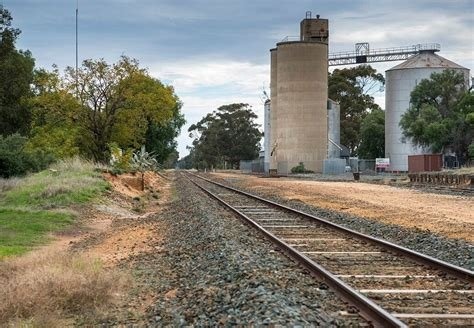
Employment
Nagambie shows employment indicators that trail behind approximately 70% of regions assessed across Australia
Nagambie has a skilled workforce with notable representation in the construction sector. Its unemployment rate was 4.7% as of June 2025.
Over the past year, employment remained relatively stable. As of this date, 2,318 residents were employed while Nagambie's unemployment rate stood at 0.9% higher than Rest of Vic.'s rate of 3.8%. Workforce participation was somewhat lower at 54.8%, compared to Rest of Vic.'s 57.4%. Leading employment industries among residents include agriculture, forestry & fishing, construction, and health care & social assistance.
Agriculture, forestry & fishing had particularly notable concentration with employment levels at 2.1 times the regional average. Health care & social assistance had limited presence with 11.6% employment compared to the regional average of 16.8%. AreaSearch analysis of SALM and ABS data showed that during the year to June 2025, Nagambie's labour force increased by 1.5%, while employment declined by 0.4%, leading to a rise in unemployment by 1.9 percentage points. In contrast, Rest of Vic.'s employment fell by 0.9%, labour force contracted by 0.4%, and unemployment rose by 0.4 percentage points. State-level data for Victoria up to Sep-25 showed employment grew by 1.08% year-on-year, adding 39,880 jobs, with the state unemployment rate at 4.7%. National employment forecasts from Jobs and Skills Australia projected national growth of 6.6% over five years and 13.7% over ten years. Applying these projections to Nagambie's employment mix suggests local growth of approximately 5.4%% over five years and 11.9% over ten years, based on a simple weighting extrapolation for illustrative purposes.
Frequently Asked Questions - Employment
Income
Income levels sit below national averages according to AreaSearch assessment
AreaSearch's latest postcode level ATO data for financial year 2022 shows Nagambie's median income is $48,930 and average income is $61,533. This is lower than the national average of $57,075 (median) and $74,636 (average). Rest of Vic.'s figures are a median income of $48,741 and an average income of $60,693. Based on Wage Price Index growth of 10.11% from financial year 2022 to March 2025, Nagambie's current estimated median income is approximately $53,877 and average income is around $67,754. Census data indicates household, family, and personal incomes in Nagambie rank between the 20th and 31st percentiles nationally. Income distribution shows 27.6% of residents earn $1,500 - $2,999 weekly (1,394 residents), similar to the regional pattern where 30.3% fall into this range. Housing costs are modest, with 88.0% of income retained, but total disposable income ranks at just the 25th percentile nationally.
Frequently Asked Questions - Income
Housing
Nagambie is characterized by a predominantly suburban housing profile, with above-average rates of outright home ownership
In Nagambie, as per the latest Census, 93.6% of dwellings were houses while 6.4% were other types such as semi-detached homes, apartments or 'other' dwellings. This is similar to Non-Metro Vic.'s dwelling structure which also had 93.6% houses and 6.4% other dwellings. Home ownership in Nagambie stood at 51.8%, with mortgaged dwellings at 29.2% and rented ones at 19.0%. The median monthly mortgage repayment was $1,500, aligning with Non-Metro Vic.'s average, while the median weekly rent was $285 compared to Non-Metro Vic.'s $280. Nationally, Nagambie's mortgage repayments were lower at $1,500 versus Australia's average of $1,863, and rents were substantially lower at $285 against the national figure of $375.
Frequently Asked Questions - Housing
Household Composition
Nagambie features high concentrations of lone person households, with a lower-than-average median household size
Family households comprise 65.7% of all households, including 21.7% couples with children, 34.7% couples without children, and 8.8% single parent families. Non-family households account for 34.3%, with lone person households at 31.8% and group households comprising 2.3%. The median household size is 2.2 people, smaller than the Rest of Vic. average of 2.3.
Frequently Asked Questions - Households
Local Schools & Education
Nagambie shows below-average educational performance compared to national benchmarks, though pockets of achievement exist
The area's university qualification rate is 17.6%, significantly lower than the Victorian average of 33.4%. Bachelor degrees are most common at 12.5%, followed by postgraduate qualifications (2.6%) and graduate diplomas (2.5%). Vocational credentials are prevalent, with 40.9% of residents aged 15+ holding such qualifications - advanced diplomas (11.9%) and certificates (29.0%). Education pursuit is active among 23.9% of the population, including 9.4% in primary education, 6.8% in secondary education, and 1.9% in tertiary education.
Nagambie's three schools have a combined enrollment of 328 students and offer balanced educational opportunities (ICSEA: 1006). These schools focus exclusively on primary education, with secondary options available in nearby areas. Local school capacity is limited at 6.5 places per 100 residents compared to the regional average of 14.0, leading many families to travel for schooling.
Frequently Asked Questions - Education
Schools Detail
Nearby Services & Amenities
Transport
Transport servicing is low compared to other areas nationally based on assessment of service frequency, route connectivity and accessibility
Nagambie has five operational public transport stops offering a mix of train and bus services. These stops are served by twelve different routes that combined offer 225 weekly passenger trips. Transport accessibility is considered limited, with residents typically residing 1324 meters away from the nearest stop.
Across all routes, service frequency averages 32 trips per day, equating to about 45 weekly trips per stop.
Frequently Asked Questions - Transport
Transport Stops Detail
Health
Health performance in Nagambie is well below average with prevalence of common health conditions notable across both younger and older age cohorts
Health data indicates significant challenges for Nagambie regarding common health conditions affecting both younger and older age groups.
Approximately 51% (~2,556 people) of Nagambie's population has private health cover, which is relatively low. The most prevalent medical conditions are arthritis (12.0%) and asthma (7.8%). About 63.1% of residents claim to be free from medical ailments, compared to 63.0% in the rest of Victoria. Nagambie has a higher proportion of seniors aged 65 and over at 31.5% (1,590 people), compared to 25.2% in the rest of Victoria. Health outcomes among seniors in Nagambie are above average, even better than those for the general population.
Frequently Asked Questions - Health
Cultural Diversity
Nagambie is considerably less culturally diverse than average when assessed alongside AreaSearch's national rankings for language and cultural background related metrics
Nagambie's cultural diversity was found to be below average, with 89.0% of its population being citizens born in Australia who speak English only at home. Christianity is the main religion in Nagambie, comprising 53.9% of people, compared to 47.9% across Rest of Vic.. The top three ancestry groups in Nagambie are English (32.2%), Australian (31.4%), and Irish (10.9%).
Notably, Scottish representation is higher than average at 9.2%, while Maltese is lower at 0.5%. Italian representation is similar to the regional average at 2.8%.
Frequently Asked Questions - Diversity
Age
Nagambie ranks among the oldest 10% of areas nationwide
Nagambie's median age is 51 years, which is significantly higher than the Rest of Vic average of 43 and considerably older than the Australian median of 38. Compared to the Rest of Vic average, Nagambie has a notably over-represented cohort of 65-74 year-olds (18.5% locally), while those aged 5-14 are under-represented (8.6%). This concentration of 65-74 year-olds is well above the national average of 9.4%. Post-2021 Census data shows the 75 to 84 age group grew from 8.4% to 10.1%, while the 65 to 74 cohort increased from 16.9% to 18.5%. Conversely, the 45 to 54 cohort declined from 12.1% to 10.2%, and the 5 to 14 group dropped from 9.9% to 8.6%. By 2041, Nagambie is expected to see notable shifts in its age composition, with the 75 to 84 group projected to grow by 107% (544 people), reaching 1,056 from 511.
